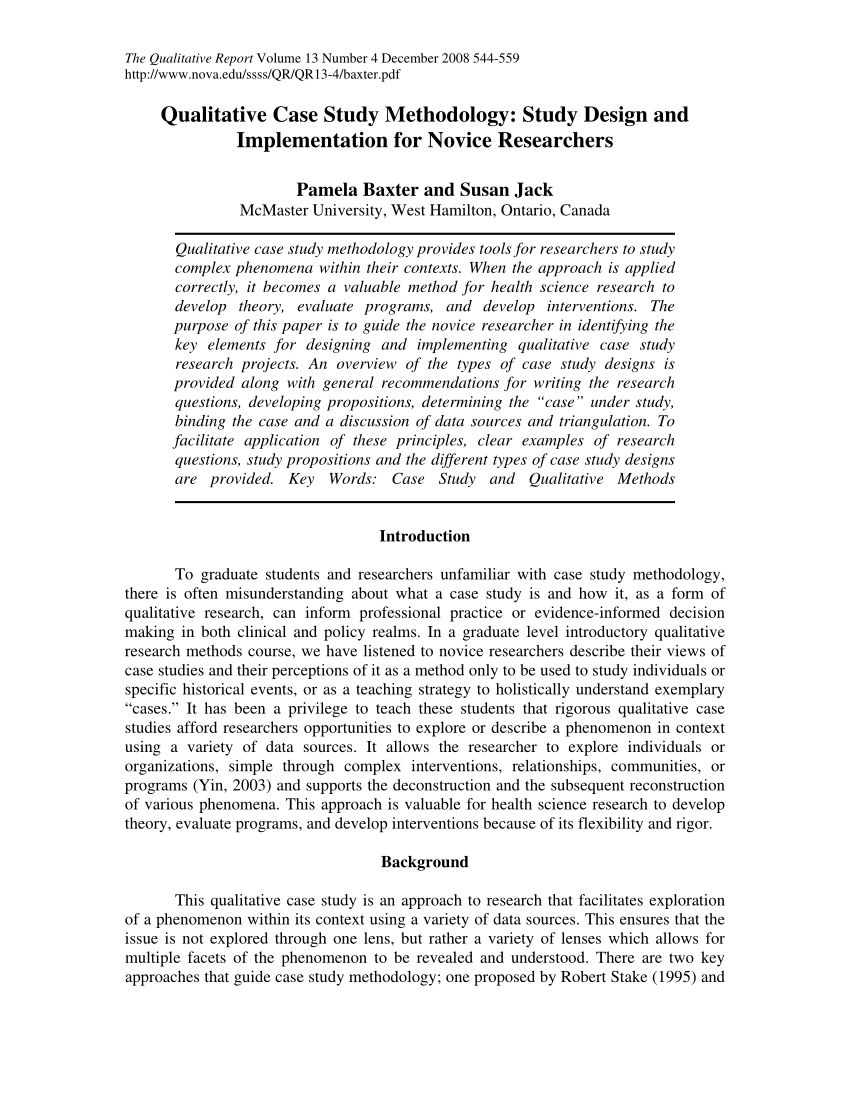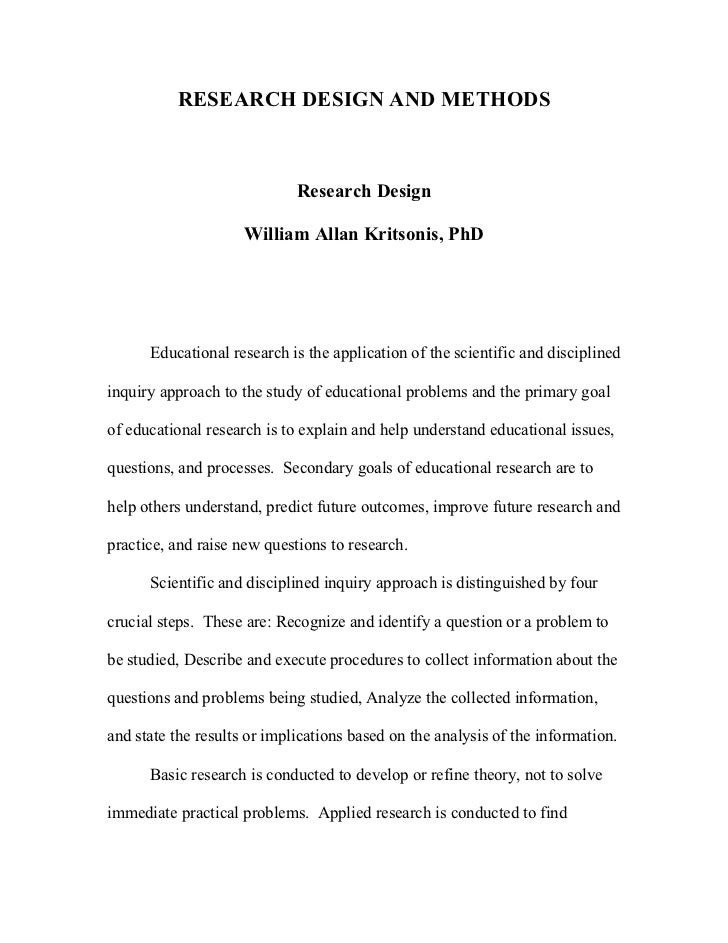Table Of Content

Sometimes confused with market research, the practices differ in a few key ways. This type of study is typically used when a particular issue hasn’t been studied very thoroughly in the past. An exploratory approach allows researchers and designers to gather a better understanding of the problem at hand rather than generate immediate actionable solutions. One of the most complicated things designers do is translate raw qualitative and quantitative data into graphic experiences.
Solutions
But for UX researchers, understanding has less to do with disagreements and more to do with mental models. By allowing our users to be the experts instead of ourselves, we can uncover new opportunity areas that more directly meet their needs. I’ve talked a lot about doing user research with an open mind, but this doesn’t mean we walk into interviews with absolutely no knowledge.
Design research vs. market research
But neglecting to do thorough design research could likely limit the resulting success of their product. More new journals have appeared, such as The Design Journal, the Journal of Design Research, CoDesign and more recently Design Science. Design research now operates on an international scale, acknowledged in the cooperation of DRS with the Asian design research societies in the founding in 2005 of the International Association of Societies of Design Research. Therefore, the collection of the secondary data largely relies on literature review, database search, raw data mining and so on. A quasi-experimental design is similar to the experimental design, but it relies on pre-existing groups (non-randomised samples).
#5 Data Analysis
Oversampling will neither give you more additional information nor improve the accuracy of your results – it will just consume more of your time during the data collection period. Therefore, it’s crucial to decide the characteristics of the population you want to study at the outset of your research to maintain focus. For example, your population can be characterised by a specific demographic or comprise a given set of technologies. Case study design aims to understand and explain the experience of a defined sample via direct observation and interaction with that sample.
Ideally, the research design should be developed as early as possible in the research process, before any data is collected. This allows the researcher to carefully consider the research question, identify the most appropriate research methodology, and plan the data collection and analysis procedures in advance. By doing so, the research can be conducted in a more efficient and effective manner, and the results are more likely to be valid and reliable. The selection of a specific research design method should align with the research objectives, the type of data needed, available resources, ethical considerations, and the overall research approach.
Quantitative data analysis
For example, in an ethnography or a case study, your aim is to deeply understand a specific context, not to generalise to a population. Instead of sampling, you may simply aim to collect as much data as possible about the context you are studying. They often have similar approaches in terms of data collection, but focus on different aspects when analysing the data. This approach is about gaining a rich, detailed understanding of a specific context or phenomenon, and you can often be more creative and flexible in designing your research.
Mobile-first Surveys
Taiwan Design Research Institute Announcing First City Design Index Research in Tokyo, Japan, for World Design ... - PR Newswire
Taiwan Design Research Institute Announcing First City Design Index Research in Tokyo, Japan, for World Design ....
Posted: Wed, 01 Nov 2023 07:00:00 GMT [source]
But in collecting the critical data they need to run their programs, these institutions do engage in ‘design research’. The information they gather, however, is often purely functional—‘just good enough’. But a lack of deliberation and formalization in process limits the value of research, and thus the utility of collected data.

Interviews
When you do ethnographic field studies, you strive for accurate observations of your users/customers in the context of using a service. Like most forms of research, design research should be used whenever there are gaps in your understanding of your audience’s needs, behaviors or preferences. It’s most valuable when used throughout the product development and design process. Design research is the process of gathering, analyzing and interpreting data and insights to inspire, guide and provide context for designs. It’s a research discipline that applies both quantitative and qualitative research methods to help make well-informed design decisions.
Analysis is the process by which the researcher identifies patterns in the research, proposes possible rationale or solutions, and makes recommendations. However, as you uncover insights about your user, you might realize that your ideal solution space involves addressing one specific need, and you should narrow your scope. Or, you might learn that there are several needs that should be addressed together, and you should shift your original priorities. While designers may disagree on what exactly design is, most would agree that design is the practice of impacting the human experience.
These are a great research choice for projects that have a large and diverse group of users, or a group that is concerned with anonymity. A researcher can create a survey using tools like Wufoo or Google Docs, email it out, and receive hundreds of responses in just minutes. Non-directed interviews are the best way to learn about touchier subjects, where users or stakeholders may be put off by direct questions. With a non-directed interview, the interviewer sets up some rough guidelines and opens a conversation with the interviewee. The interviewer will mostly listen during this “conversation,” speaking only to prompt the user or stakeholder to provide additional detail or explain concepts.

Qualitative data may involve coding and thematic analysis, while quantitative data can be analyzed using statistical methods. Just as card sorts are a great way to gather information before a website’s architecture has been created, tree tests are helpful in validating that architecture. In a tree test, users are given a task and shown the top level of a site map. Then, much like in a usability test, they are asked to talk through where they would go to accomplish the task. However, unlike in a usability test, the user doesn’t see a screen when they choose a site section. The goal is to identify whether information is categorized correctly and how appropriately the nomenclature reflects the sections of the site.

No comments:
Post a Comment